Roland GAIA 2 Review – Wavetable, VA and so much more
Has Roland done it again with this update?
GAIA 2 is Roland’s latest update on one of their legendary synths, the 13-year-old 101 GAIA. In addition, the synth’s look has changed quite drastically. And the Japanese company has added loads of new features. We check it out in our Roland GAIA 2 Review.
Originally published on Gearnews.de by Marcus Schmahl. Translation by Julian Schmauch.
Roland GAIA 2 – The highlights
- Compact polyphonic VA-Synth
- 22 Voices
- 37 Keys
- Hybrid sound engine with Wavetable and VA
- OLED Display, 53 effects included,
- Integrated Sequencer
- Motional Pad
Roland GAIA 2 Review – What’s new?
GAIA 2’s sound engine relies on a combination of wavetable scanning and virtual analog synthesis. This opens up a variety of sound-design possibilities. Additionally, Roland has changed the synth’s control panel quite dramatically compared to its predecessor to allow for a quicker workflow. Furthermore, its new sequencer and the Motional Pad offer additional tools to create dynamic sound effects in real-time.
The synth’s newly designed hybrid sound engine combines a wavetable oscillator and two virtual analog oscillators. In addition, there are numerous new modulation options and a pretty versatile sequencer. What’s more, dedicated sections on the control panel for chorus and delay/reverb effects allow for dialing in spacial effects easily. Additionally, you’ll even find emulations of well-known and legendary Roland synthesizers (including Juno Chorus).
A staggering 53 different effects make sound-shaping and preset-designing a lot easier. And the Japanese synth giant has also added quite a bit of connectivity on the back of the synth. Various USB ports, including a USB-C port, facilitate communication with external devices and software. Additionally, they allow connection to Roland AIRA devices and the Roland Cloud service, giving users access to more sound models and packages.How does it all work? And more importantly: how does it sound? Let’s take a closer look in our Roland GAIA 2 Review.
Sound design workflow
If you’ve been thinking about getting your first polyphonic synth, if all you own up to this point is a monophonic one, then you’ll have a lot of fun with GAIA 2. Its workflow concept of quickly dialing in a cool sound with a wacky 64-step sequence or an arpeggio (with added probability), or even a simply bassline is an easy way of getting started. But that doesn’t mean that the synth is too simplified and lacks in-depth sound design possibilities. Quite the contrary. GAIA 2 is packed with features that will make even seasoned users scratch their heads.
Its synthesis engine consists of three parts: One wavetable oscillator and two VA oscillators. They can be freely mixed, synced, shaped, and pitch adjusted/tuned. Two LFOs and two linked ADSR envelope generators (for amp and filter) add movement to the sound.
In addition, it is worth taking a closer look at the new Motional Pad. Because, at least for me, the motion recording turned out to be the most exciting feature during the Roland GAIA 2 Review. There is also a multimode filter (HP, LP, BP with -12, -18 or -24 dB/oct. each) with added controls for resonance and drive.
Roland GAIA 2 Review – Effects and additional models
The multi-effects section is lush with 53 effect types: different reverbs, delays, three types of chorus effects with a total of nine modes, and a master equalizer and master compressor. On the performance side, GAIA 2 offers optional portamento, a monophonic mode, a unison parameter for ultra-wide chords, and a chord memory.
In addition, a variety of randomized help spice up your sequences. Sound-wise GAIA 2 sounds like any modern Roland synthesizer. This means it can sound really wide and huge, or rather fat and gnarly, or even tiny and thin if you so desire. This synth is suitable for just about any genre of music.
You are currently viewing a placeholder content from YouTube. To access the actual content, click the button below. Please note that doing so will share data with third-party providers.
As with many other recent Roland synthesizers, GAIA 2 lets you import 2 additional sound models. The SH-101 comes pre-installed. But changing the sound model does not change the overall behavior and workflow of GAIA 2, rather the oscillators change. An additional model of old Roland filters would have been nice.
Conclusion
As we’ve reached the end of our Roland GAIA 2 Review, I must say that it’s quite a versatile synthesizer with a huge number of sound-shaping possibilities, a real all-rounder. Combining wavetable synthesis with virtual analog synthesis gets you quite a few unusual sounds. And the possibility of recording movements through the new Motional Pad as a source of modulation is loads of fun.
GAIA 2 isn’t just another knob-twister that confused beginners, though. Quite the contrary. It’s workflow invites even complete newbies to create sounds and to just play. Unfortunately, though, Roland only installed a normal keybed without aftertouch. MPE would have been nice as well, as its adaptation has been growing in hardware synths in recent years. Outside the Motional Pad (which we knew from other recent Roland synths), there aren’t a lot of new or left-field features to make this synth a bit more exciting.
And as a personal note, I’m not the biggest fan of the aluminum-based control panel. Because of its sharp edges, rest my hands on it during sound design sessions was not very comfortable.
But, like I said earlier, GAIA 2 is a great synthesizer for beginners and advanced users who do not yet have hardware sound generators in their studio. The synthesizer is an “all-round carefree” package for everyone who likes virtual-analog and wavetable synthesis.
Price and availability
You can get Roland GAIA 2 right now at Thomann.de (Affiliate) for 869,00 Euros.

More on our Roland GAIA 2 Review
- Product Website
- More on Roland
Roland GAIA 2 Review – Pros and Cons
Pros
- Easy workflow for quick results
- Compact 22-voice polyphonic VA synthesizer with 37-key keyboard
- Hybrid sound engine with wavetable and virtual analog sound synthesis
- Motional Pad
- Model Expansions (SH-101 model pre-installed)
Cons
- No aftertouch – no modern MPE
- Aluminum top of the synthesizer a bit sharp-edged
- Little innovative for owners of other synthesizers
Videos on the Roland GAIA 2
You are currently viewing a placeholder content from YouTube. To access the actual content, click the button below. Please note that doing so will share data with third-party providers.
You are currently viewing a placeholder content from YouTube. To access the actual content, click the button below. Please note that doing so will share data with third-party providers.
This post contains affiliate links and widgets. When you buy a product via our affiliate partner, we receive a small commission that helps support what we do. Don’t worry, you pay the same price. Thanks for your support!
2 responses to “Roland GAIA 2 Review – Wavetable, VA and so much more”
 4,0 / 5,0 |
4,0 / 5,0 | 

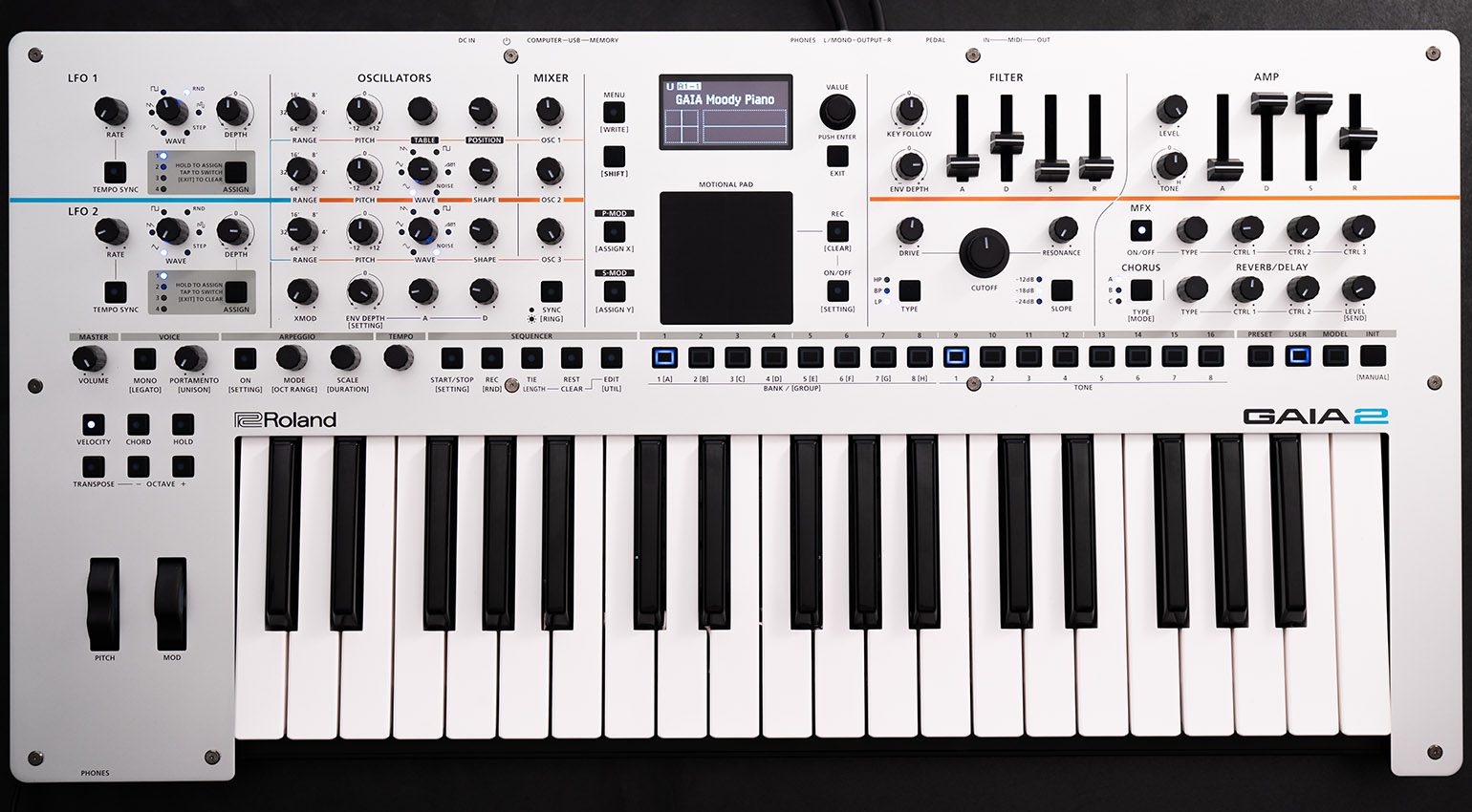

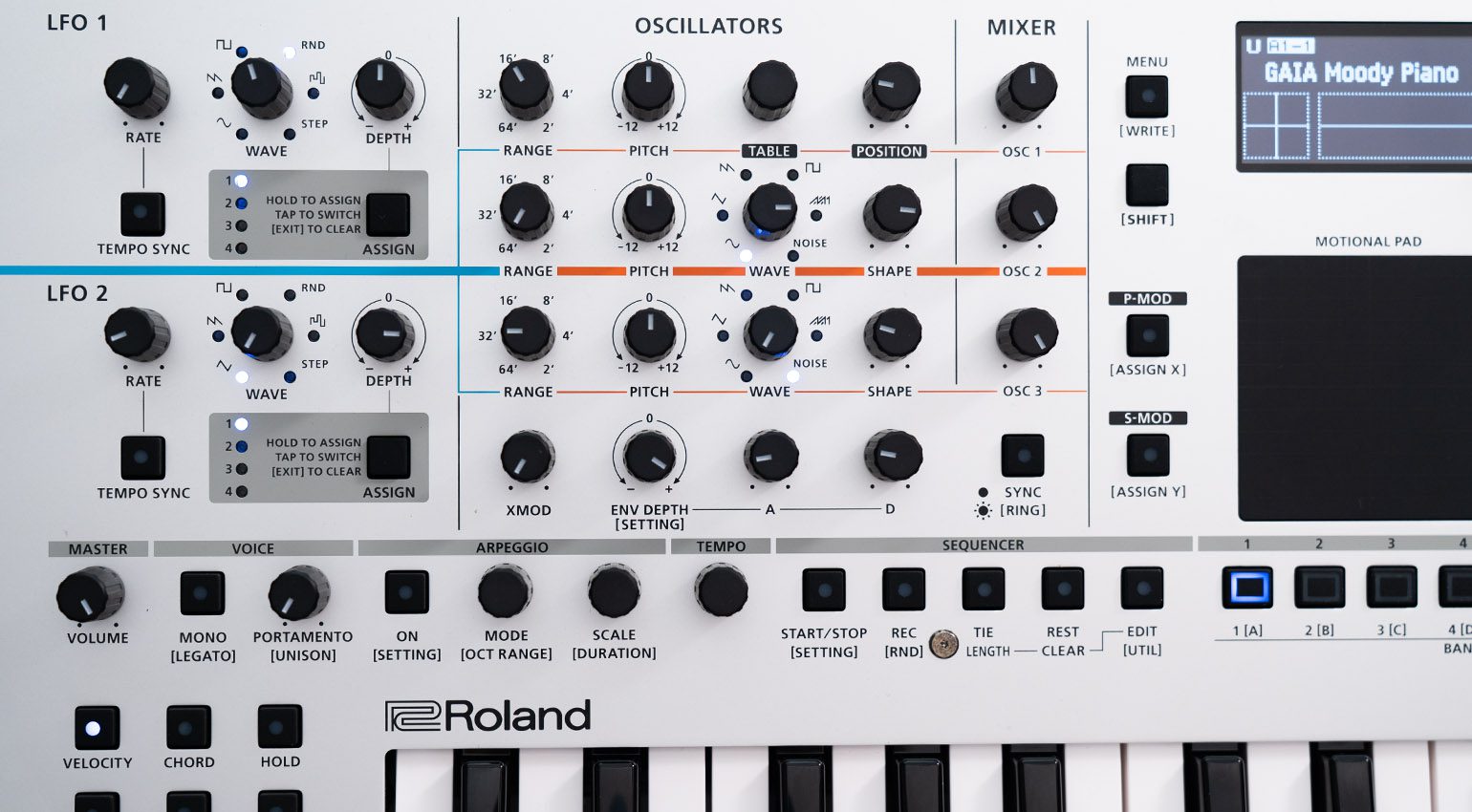
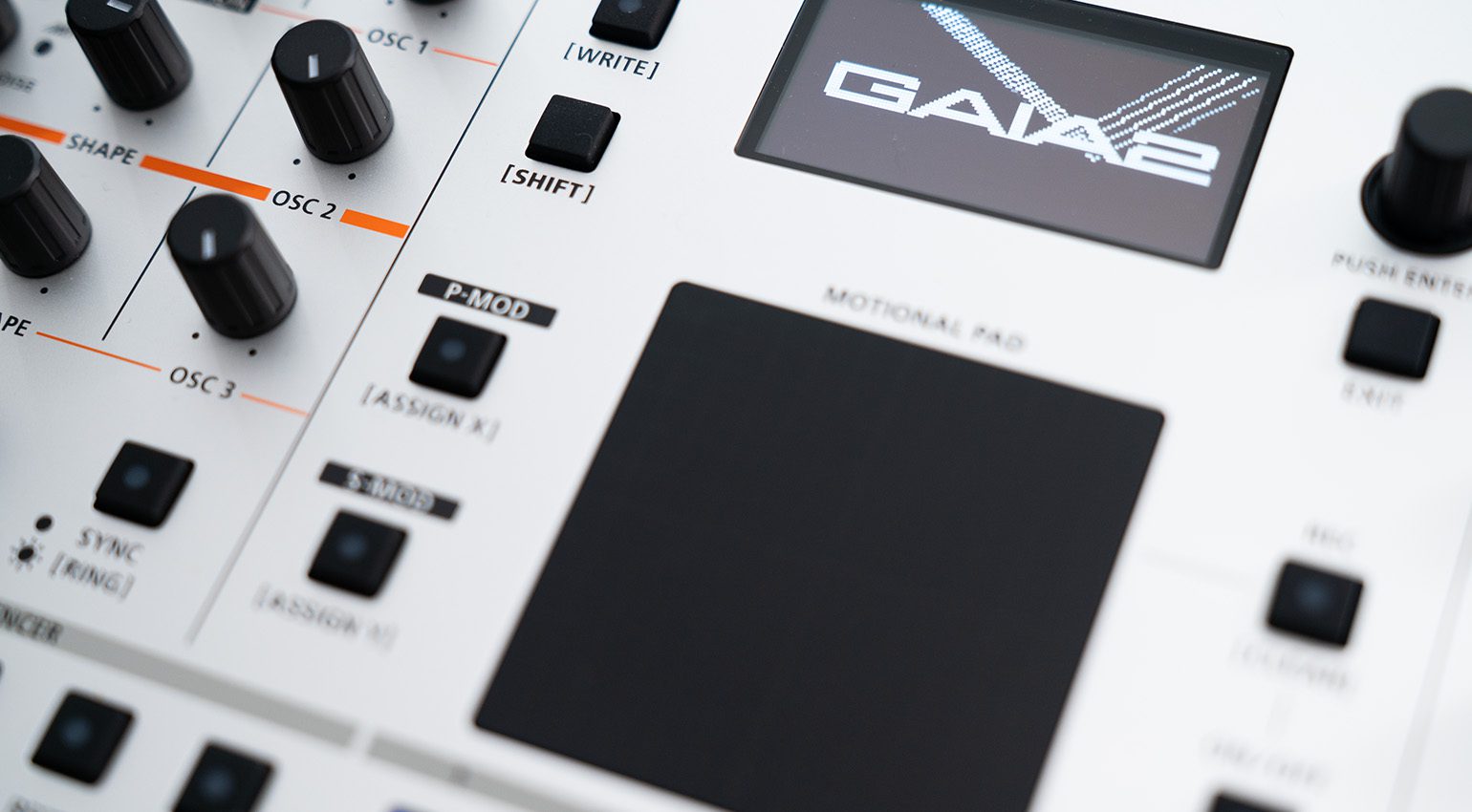


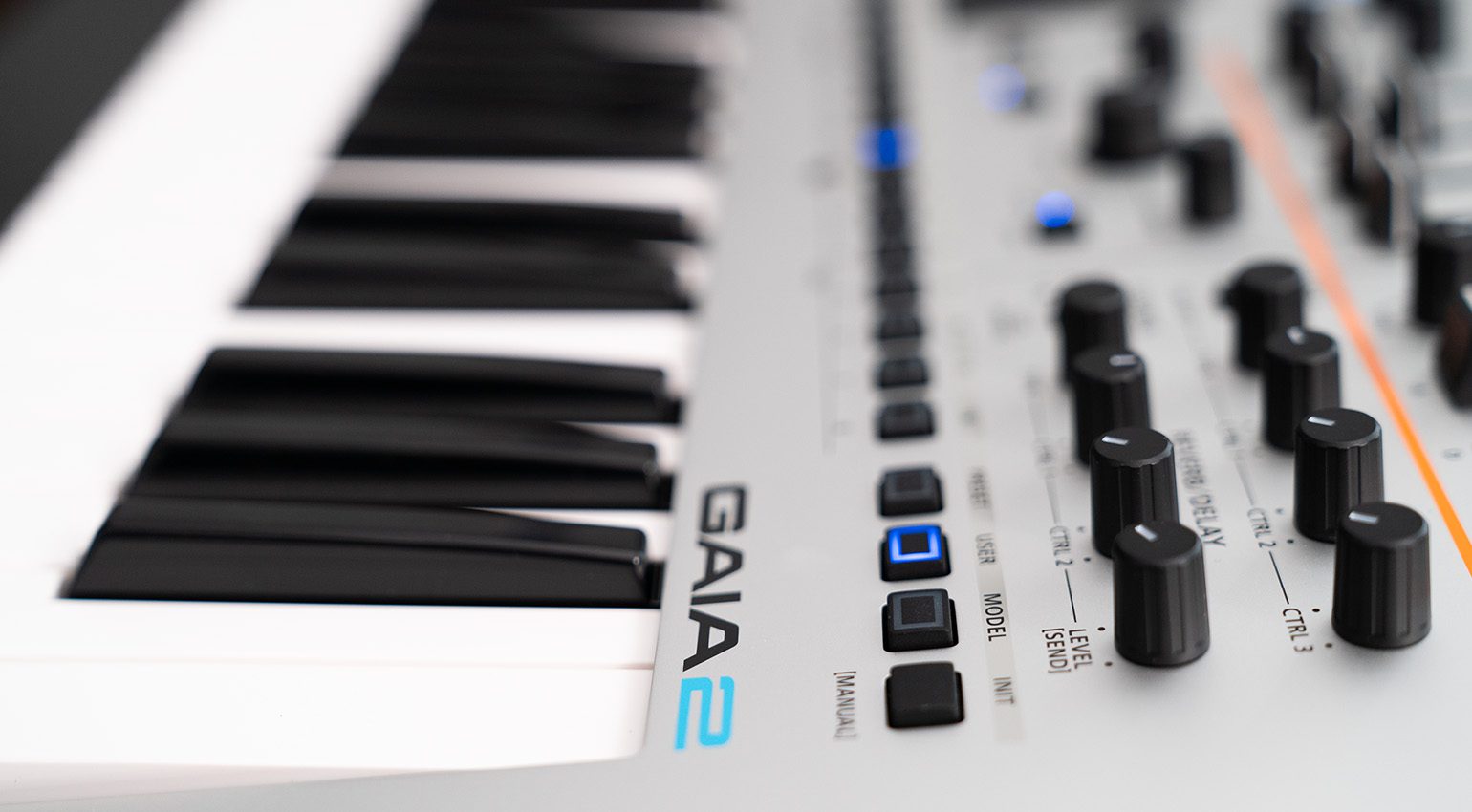
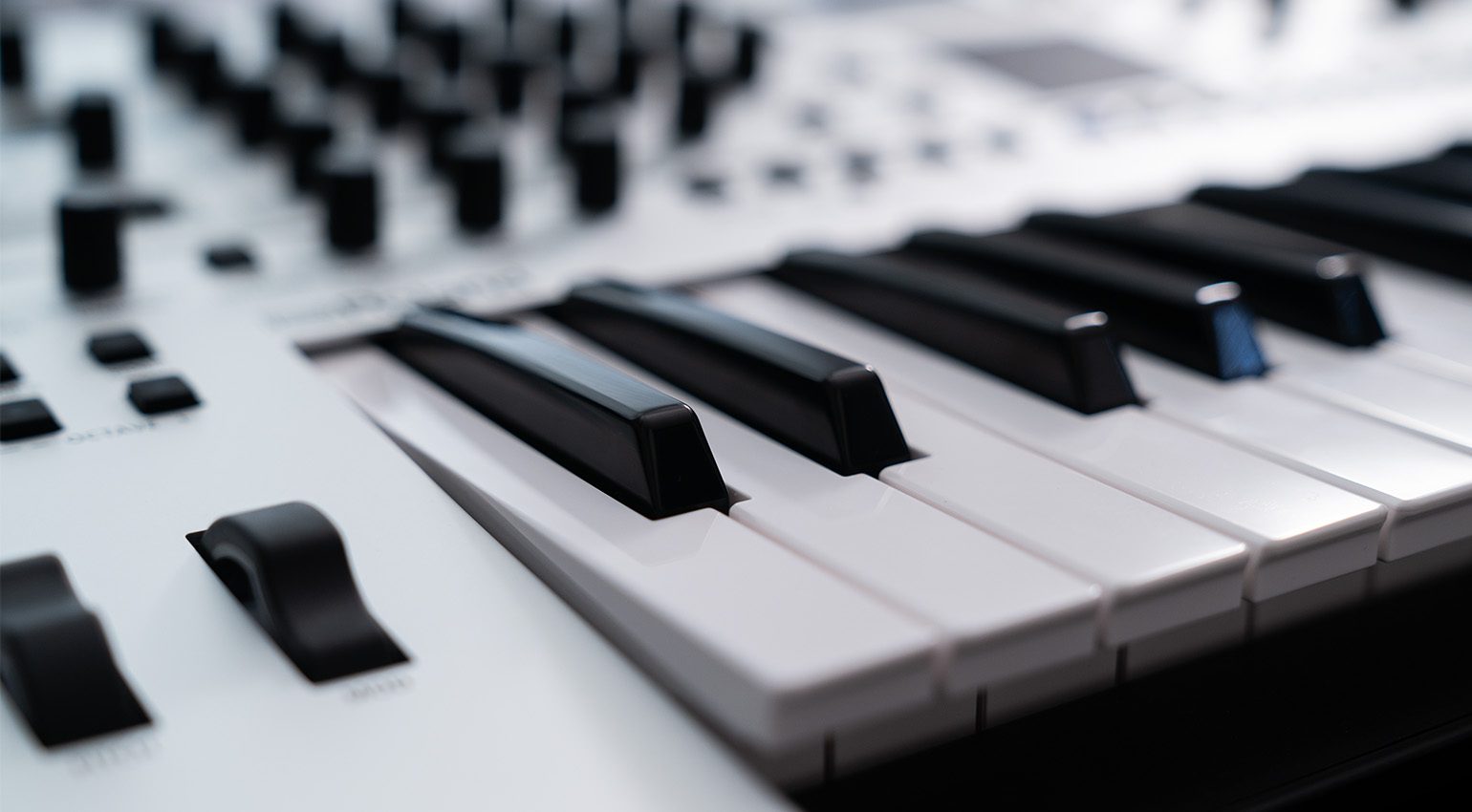

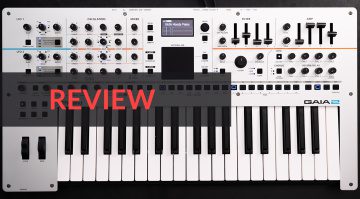

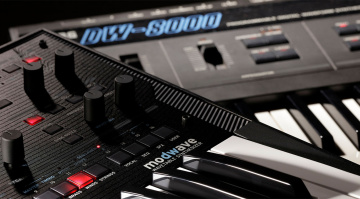
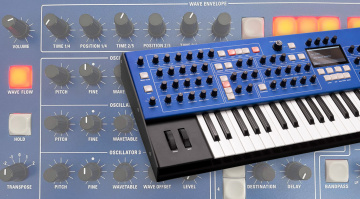
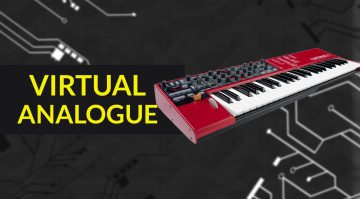


Finally! I was waiting for Korg to release a new Monologue! Oh wait…
Yes, it’s totally a Korg Minilogue design. If there was a black version of this, I might even buy it.